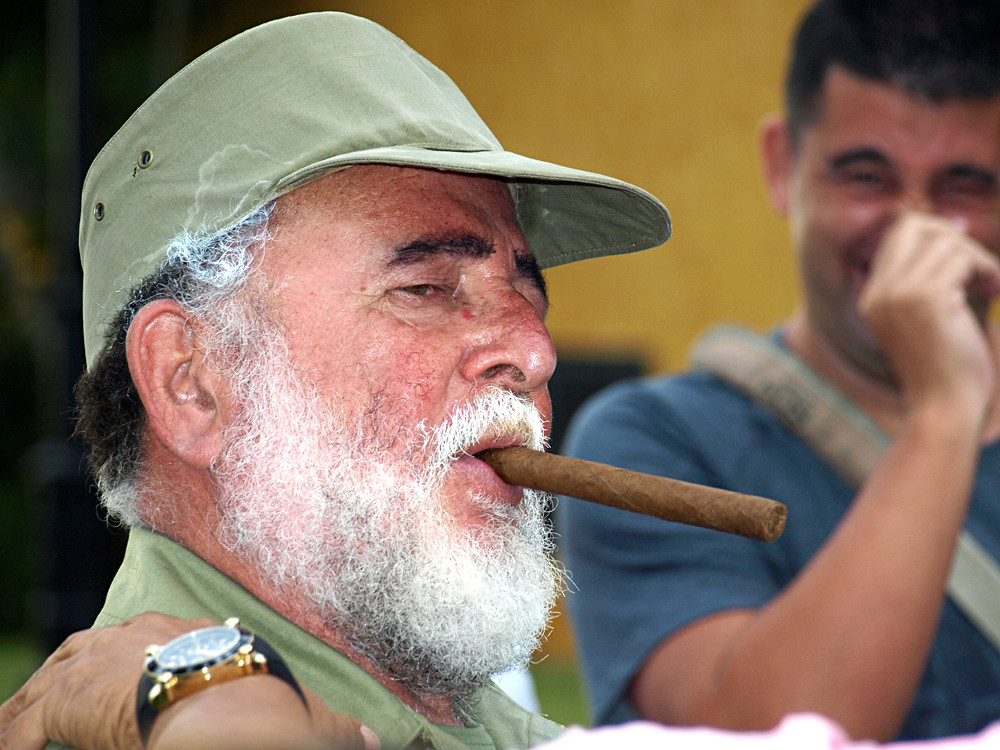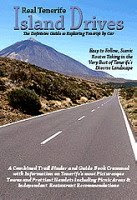I’ve got to admit to being a tad sceptical when I heard that a summer carnaval was going to be held in Playa de las Américas. I mean you can’t just hold a ‘carnaval’; it doesn’t work like that. Apart from the months of prep that goes into the main carnavals around the island, the furiously beating heart and soul of the carnaval spirit comes from what’s happening in the streets. Carnaval is all about holding a last wild hedonistic bash before giving up the good stuff in life for Lent…and you can’t simply replicate that with a click of the fingers and some sticky tape.
The second point which had me cringing at the idea of a summer carnaval was that I’d witnessed a ‘mock’ carnaval of sorts not so long ago when the British Guild of Travel Writers visited Tenerife. It was tacky and embarrassing and, from the comments I heard, had the opposite effect on the BGTW than that which the organisers intended.
As we were in the area we decided to head to the milla de oro (golden mile) in Playa de las Américas to have a look. The parade was due to begin at 7.30pm, but there were still cars streaming down the ‘golden mile’ at that point – so a late start at least was authentic enough.
Furthermore, the scaled down madness outside the Hotel Villa Cortes was exactly like the scenes before carnaval parades; girls from comparsa groups struggled to squeeze into tiny costumes; there were surreal elements like a tyrannosaurus rex glaring at passers-by; Fidel Castro, Charlie Chaplin, Michael Jackson and Popeye posed for photos and the animals from the movie Madagascar ran around aimlessly before being herded by a girl in skins with a bone through her hair whilst a DJ in a bar opposite blasted out the obligatory Latino music.
Eventually the parade got underway and the drums, dancing, bright costumes and bizarre characters brought the tourists from the bars to line the streets in impressive numbers.
I might have been snotty about the whole thing beforehand but although it’s not the real thing, at least it was a taster of an authentic carnaval parade. Credit to all those involved, they did it in the right spirit and the result was thoroughly enjoyable. Many visitors to the south are never going to make the trip to Santa Cruz or even Puerto de la Cruz, to see a full blown version; so at least the ‘summer carnaval’ will have given them some idea of the flamboyance and fun of carnaval in Tenerife.
However, if in a few days time I read somewhere about someone saying that, after watching the parade, they’ve ‘done’ carnaval’, you’ll be able to hear my head banging against the wall on the other side of the island.
Say Halo Halo Halo For Saintly Memories
1 month ago







